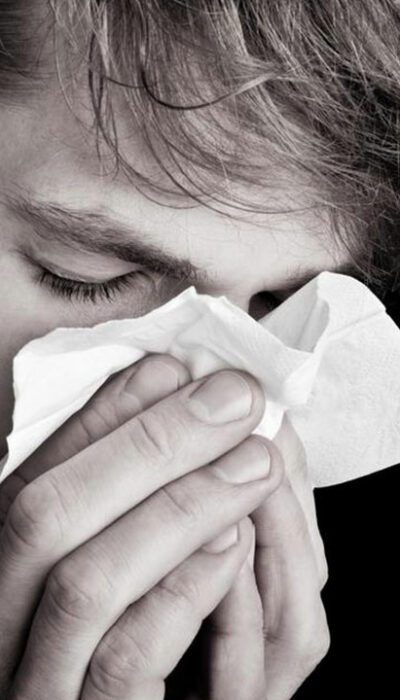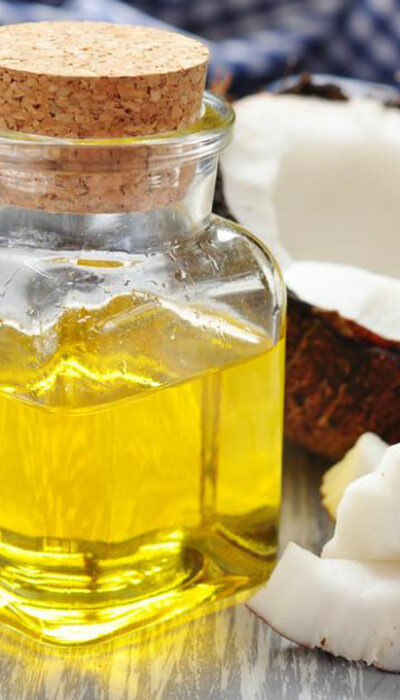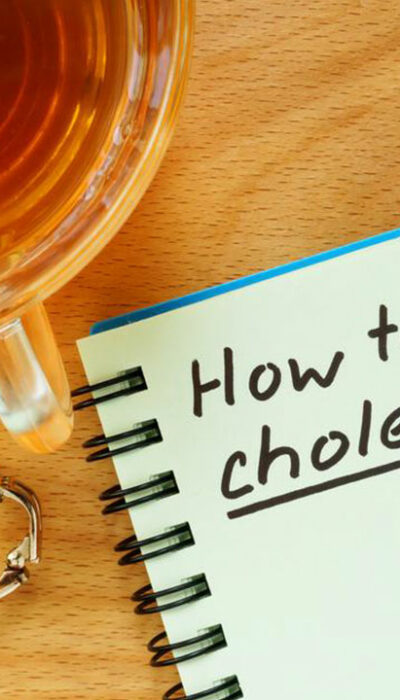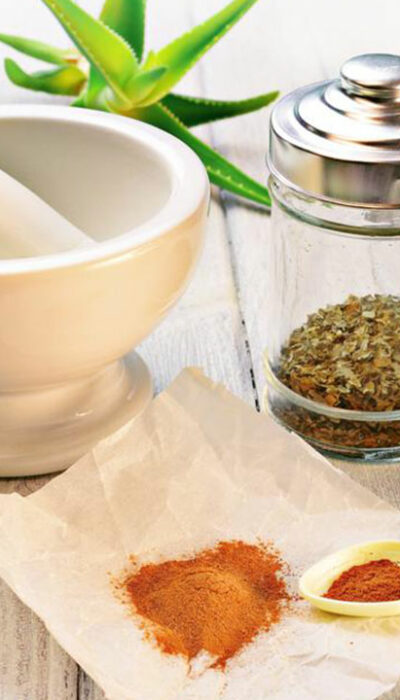
Five Common Types of Medications for Cold and Flu
Typically, cold and flu are not serious health issues. However, they can often prove to be frustrating as they bring down the body’s energy levels with a range of bothersome symptoms. This can negatively influence your health and even make routine tasks cumbersome. Such conditions can be treated with home remedies, but they might take a considerable amount of time to work. Therefore, to gain quick relief you can use cold and flu medicines. To understand your treatment options better, read further to get a gist of its signs. Identifying cold and flu symptoms You can develop cold and flu separately, or together. However, both of these conditions have different indicators. For instance, cold is characterized by signs such as a sore throat, sneezing, runny nose, chest congestion, cough, mild fever, etc. Moreover, flu symptoms can be comparatively more severe like fever, muscle pain, headaches, sore throat, etc. In few cases, patients can also suffer from additional issues like nausea and upset stomach. Although, the occurrence of these signs will differ from person to person. If any of the symptoms persist for more than three to four days, then you should immediately seek medical help. Types of medications for cold and flu Depending on the signs, you can seek the assistance of OTC (over-the-counter) medications or prescribed medications. There is a range of cold and flu medicines that can help alleviate various symptoms. The following are some of the common kinds of cold and medicines that you can consider using. Decongestants – If you are tackling a stuffy nose, then a decongestant might help. This drug shrinks the inflamed tissues and blood vessels in the nose that assist in getting rid of any nasal blockage. You can find this cold and flu medicine in the form of pills, syrups, nasal sprays, and nose drops.










